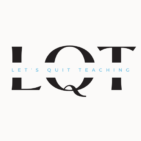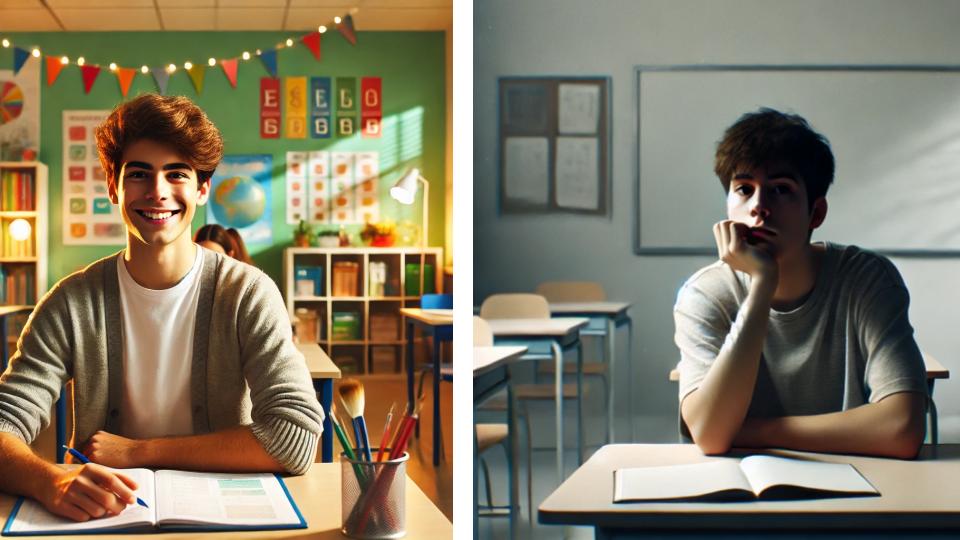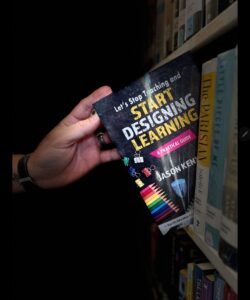Picture this: a classroom buzzing with energy. One learner rattling off facts like it’s nothing. Another stuck on question one, unsure where to start. The difference? It’s not intelligence. Not even effort. It’s what they walked in with. Some show up already loaded: homes full of books, rich conversations, museum trips, story time routines that stretch back to toddlerhood. Others? They enter with less, not because they can’t, but because no one’s filled their buckets yet.
And here’s the point, we don’t get to pick who walks through our doors or what they bring with them. But we do get to decide what they experience once they’re here. Our job? It isn’t to only cheer on the frontrunners. It’s to design a path where every learner, not just the “lots,”can thrive. And no, that doesn’t mean just throwing more content at them or only sharpening thinking skills in isolation. Real learning requires both: knowledge to anchor the thinking, and thinking to activate the knowledge.
The Head Start of “Knowing Lots”
Learners who “know lots” often come from homes that have lots, not just financially, but intellectually. Homes where reading isn’t a task but a tradition. Where curiosity is rewarded with discussion, where questions lead to exploration, and where background knowledge just happens, organically. These kids come primed. Ready. They’ve already heard about George Washington, they know what a revolution is, and they’re not intimidated by a timeline or a text. When they hit your lesson on the American Revolution, they’re not just taking notes. They’re making connections. They’re already asking “why” and “what if.”
Cognitive scientist Daniel Willingham puts it plainly: “Memory is the residue of thought.” If you’ve got something to hook new learning to, that learning sticks. And sticks fast. Prior knowledge doesn’t just help, it multiplies the impact of new information. So the learner who comes in already holding a handful of concepts is not spending energy decoding vocabulary. They’re busy building ideas.
The Uphill Climb of “Having Less”
Now let’s talk about the learners who walk in with “less.” Fewer books. Less exposure to language. Fewer experiences beyond the everyday hustle of just getting by. These learners aren’t broken. They’re not behind because they’re lazy. They’re just standing farther from the starting line. When we throw out “analyze the impact of the Treaty of Versailles,” they’re still wondering what a treaty even is.
This isn’t hypothetical. This is researched, documented. E.D. Hirsch, Jr. laid it out in The Knowledge Deficit. Reading comprehension? Problem solving? Those things are tied tight to what you already know. In one study, low-ability readers with strong baseball knowledge outperformed high-ability readers who didn’t know a thing about the sport. Why? Because understanding the context mattered more than general reading ability. That’s the difference background knowledge makes. That’s the difference having “lots” makes. And it’s on us, as learning designers, to recognize it and respond.
Designing for All: Knowledge and Thinking, Braided Together
We don’t get to choose who shows up. But we do get to choose how we design what happens next. And it starts by rejecting the false choice between facts and thinking skills. It’s not either/or. It’s both/and. Content knowledge is the foundation. Critical thinking is the structure. Without both, the house falls.
Think of it like this: you can’t cook a meal with only ingredients or only a recipe. You need both. Likewise, we need to hand our learners the raw materials (knowledge), and then teach them how to work with it (thinking). The knowledge-rich curriculum movement isn’t about stuffing heads with trivia. It’s about coherence. It’s about building schema. It’s about making sure that when we say “Civil Rights Movement,” learners aren’t just nodding politely. They’ve got context. They’ve got names, events, struggles, victories. And now, they can think critically about it.
And once that foundation is there? We move. We shift from recall to creation. From memorizing to making, we’re not aiming for just “remember.” We’re aiming for “evaluate,” “create,” “synthesize.” And that requires knowledge + structure + opportunity.
We don’t leave learners to scale cliffs with no gear. We scaffold. We chunk the task. We model. We give guided practice. We create a zone where struggle is supported and success is visible. Not because we want to handhold forever, but because we’re building confidence and competence. Every choice we make in our design is either a rung on that ladder or another barrier. This kind of dual design? It stretches those with “lots” and lifts those with “less.” And if you’re designing well, everyone grows. No one gets left behind. Because that’s the job.
This Isn’t About Fair. It’s About Just.
Education isn’t fair. And it never has been. But fairness isn’t the goal, justice is. And justice looks like access. Access to background knowledge. Access to high-level thinking. Access to lessons that aren’t out of reach for some and spoon-fed to others.
We’ve known about this for decades, from Hart and Risley’s word gap to Hirsch’s emphasis on core knowledge to Willingham’s research on how we actually think and learn. And now? It’s time to design for it. Not wish for it. Not lecture about it. Design for it.
Our job isn’t to hand out facts and hope something sticks. Our job is to architect experiences where every learner, every single one, can build knowledge and learn how to think with it. That means saying goodbye to a system that rewards the already-prepared and punishes the under-resourced. This is equity in action. This is learning by design. And it’s worth the work.


